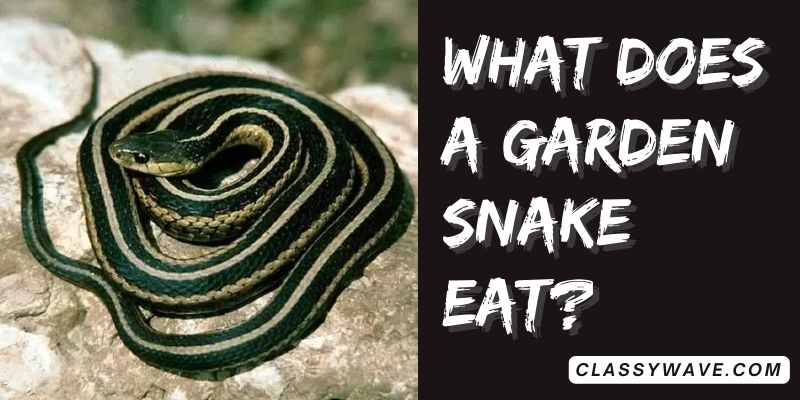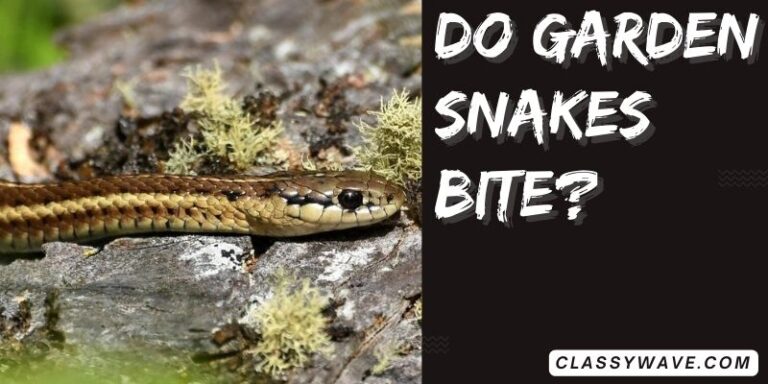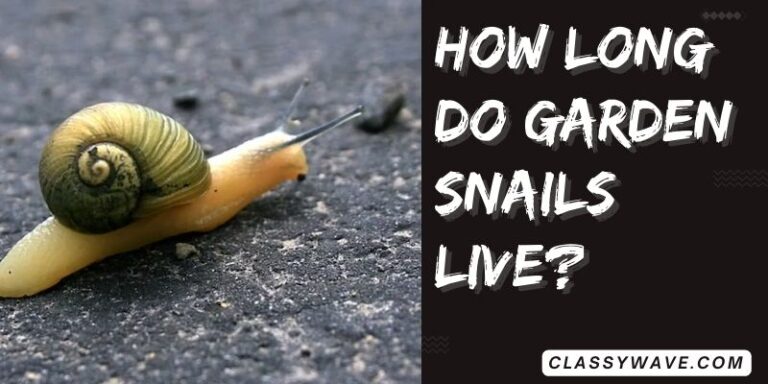What does a garden snake eat? Diet Demystified
This comprehensive exploration delves into the multifaceted world of garden snakes, unraveling the nuances of their dietary habits, feeding behaviors, and adaptations. From their natural environments to urban settings, these headings offer insights into the intricate factors influencing the diet, foraging strategies, and ecological interactions of these fascinating reptiles.
Diet of a Garden Snake
Garden snakes, or garter snakes, sustain themselves on a diverse diet in their natural habitats. Their menu typically includes small rodents, amphibians, insects, and birds. This heading explores the intricacies of the garden snake’s diet, shedding light on the balance and variety required for their nutrition in the wild.
Common Prey Items for Garden Snakes in Natural Habitats
Within the realms of gardens and grassy areas, garden snakes prefer specific prey items. This section delves into the various creatures that constitute the primary diet of these snakes, ranging from earthworms and slugs to small mammals. Understanding these dietary choices is crucial for appreciating the snake’s ecological role in controlling pest populations.
Feeding Habits of Garden Snakes
Examining the feeding habits of garden snakes provides insights into their hunting techniques and digestive processes. This comprehensive overview explores how these snakes locate, capture, and consume prey. From ambush strategies to quick strikes, understanding the nuances of their feeding habits contributes to a broader understanding of their ecological niche.
Adaptations in Garden Snakes for Hunting and Eating
Garden snakes have evolved adaptations to enhance their efficiency as hunters and eaters. This section details the anatomical and behavioral adaptations that aid in hunting, capturing, and consuming prey. From specialized jaw structures to sensory adaptations, these evolutionary features showcase the remarkable survival strategies developed by garden snakes over time.
Garden Snake Feeding Behavior
The feeding behavior of garden snakes reflects their inherent predatory nature. This section provides insights into the intricate behaviors displayed during hunting, stalking, and consuming prey. Understanding these behaviors not only enriches our knowledge of snake ecology but also contributes to conservation efforts by highlighting the importance of preserving their natural habitats.
Vegetation in the Diet
While predominantly carnivorous, garden snakes occasionally incorporate vegetation into their diet. This section explores instances where these snakes may consume plant matter and discusses the potential reasons behind this behavior. Examining the role of vegetation in their diet offers a more nuanced perspective on the adaptability and flexibility of garden snakes in diverse environments.
Factors Influencing the Feeding Choices of Garden Snakes
Various factors influence the feeding choices of garden snakes, ranging from environmental conditions to seasonal variations. This section delves into the dynamic aspects that shape their dietary preferences, shedding light on the adaptive nature of these reptiles. Understanding these factors is essential for conservationists and enthusiasts alike to appreciate the resilience of garden snakes in different ecological contexts.
Observing Garden Snakes in Captivity
For those keeping garden snakes in captivity, ensuring proper nutrition is paramount. This heading outlines guidelines for observing and maintaining the nutritional needs of captive garden snakes. From suitable prey options to feeding frequency, these guidelines aim to promote the well-being and health of snakes in captivity, bridging the gap between their natural diet and captive conditions.
Meal Size and Frequency
The size and frequency of meals are critical aspects of a garden snake’s feeding patterns. This section provides an in-depth exploration of how these snakes regulate their feeding in response to factors like metabolism, size, and environmental conditions. Understanding the intricacies of meal size and frequency contributes to responsible snake ownership and facilitates a more accurate emulation of their natural feeding behaviors in captivity.
Potential Threats to Garden Snakes
Garden snakes face various threats in their ecosystems, which can impact their dietary preferences. This heading examines the potential threats, such as habitat loss and climate change, and discusses how these factors may influence prey availability. Understanding the interconnectedness between threats and dietary shifts is crucial for developing effective conservation strategies to protect garden snake populations.
Environmental Influences on Garden Snake Diet and Foraging
Garden snakes are intricately linked to their environment, and this section explores how factors like habitat type, vegetation, and water availability influence their dietary choices and foraging behavior. Understanding these environmental influences provides valuable insights into the delicate balance between snake ecology and ecosystem dynamics, highlighting the importance of preserving natural habitats for the well-being of garden snake populations.
Garden Snakes in Urban Settings
Urbanization poses both opportunities and challenges for garden snakes, prompting adaptations in behavior and habitat selection. This heading delves into how these reptiles navigate urban environments, adjusting their diets and habits. It also addresses challenges such as habitat loss and exposure to pollutants, emphasizing the need for conservation efforts to mitigate the impact of urbanization on garden snake populations.
Garden Snake Feeding Efficiency
Energy conservation is a crucial aspect of garden snake feeding behavior. This section explores the strategies these snakes employ to maximize feeding efficiency while minimizing energy expenditure. From efficient hunting techniques to metabolic adaptations, understanding the mechanisms behind their feeding efficiency provides key insights into the survival strategies developed by garden snakes over evolutionary timescales.
Impact of Climate Change on Garden Snake Diets
Climate change introduces dynamic challenges for garden snakes, influencing the availability of prey and altering their dietary preferences. This heading investigates the impact of climate change on the diets of garden snakes, exploring how shifts in temperature, precipitation patterns, and ecosystem dynamics affect the abundance and distribution of prey species, thereby shaping the dietary landscape for these reptiles.
Garden Snake Diet Diversity
Garden snakes exhibit diet diversity that undergoes seasonal shifts, adapting to changes in prey availability. This section examines how the seasonal variations in temperature and environmental conditions influence the types of prey garden snakes consume. Understanding the cyclical nature of their diet provides valuable information about the adaptability and resourcefulness of these reptiles in different seasons. It underscores the interconnectedness between environmental changes and dietary shifts.
Conclusion
In conclusion, these diverse headings unveil the complexity of garden snake ecology, shedding light on their adaptive strategies, dietary preferences, and responses to environmental challenges. From urbanization to climate change, understanding these factors is essential for informed conservation efforts. This exploration not only enriches our knowledge of garden snakes but underscores the broader importance of preserving ecosystems to ensure the well-being of these remarkable reptiles in a rapidly changing world.
FAQs
1. Question: “What do garden snakes eat in captivity?”
Answer: In captivity, garden snakes thrive on a diet of appropriately sized rodents, insects, and occasionally amphibians.
2. Question: “Are garden snakes dangerous to humans?”
Answer: Garden snakes are generally harmless to humans, posing no significant danger. They are non-venomous and shy.
3. Question: “How can I attract garden snakes to my garden?”
Answer: Create a snake-friendly habitat with shelter, water sources, and a variety of prey species to attract garden snakes.
4. Question: “What are the signs of a sick garden snake?”
Answer: Signs of illness in garden snakes include changes in behavior, appetite, and appearance. Consult a vet if concerned.
5. Question: “Can I keep a garden snake as a pet?”
Answer: Yes, many species make suitable pets with proper care. Ensure a secure enclosure, appropriate temperature, and a varied diet.







